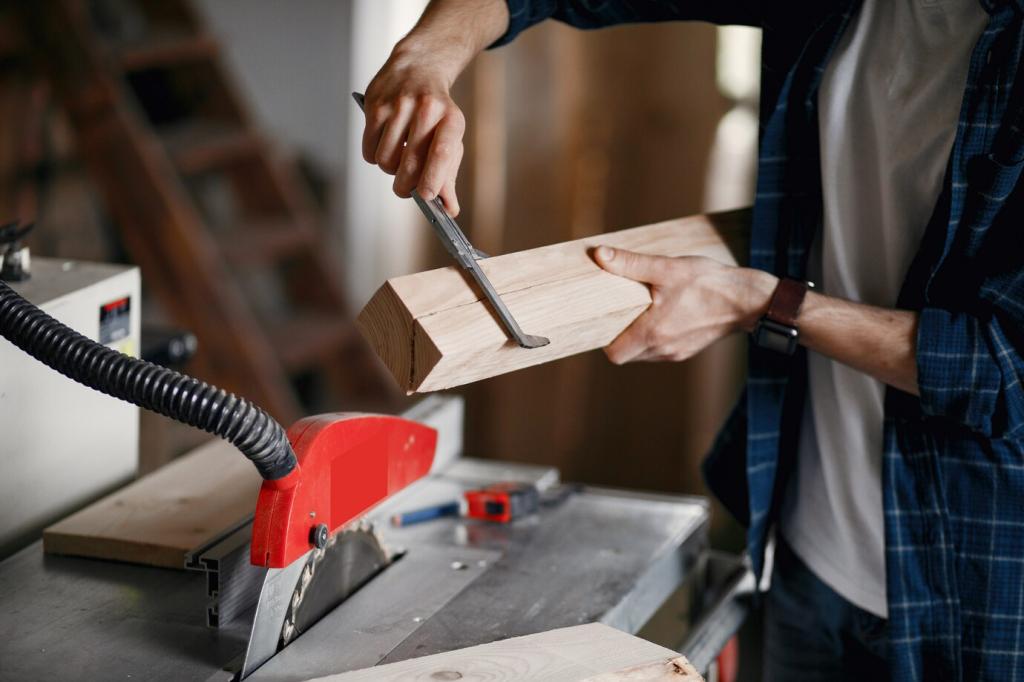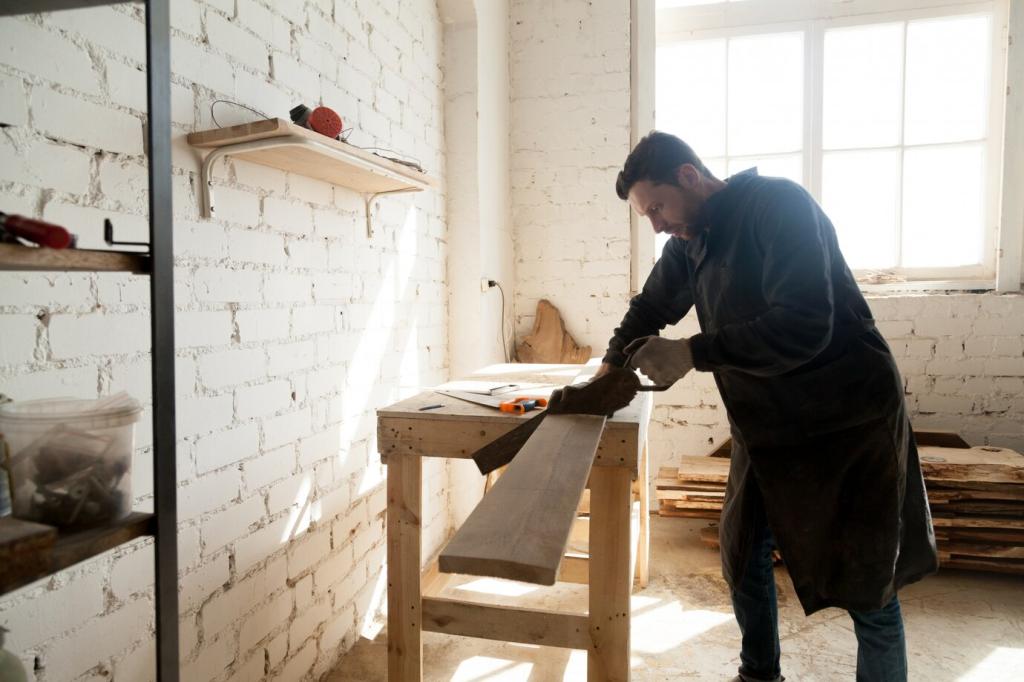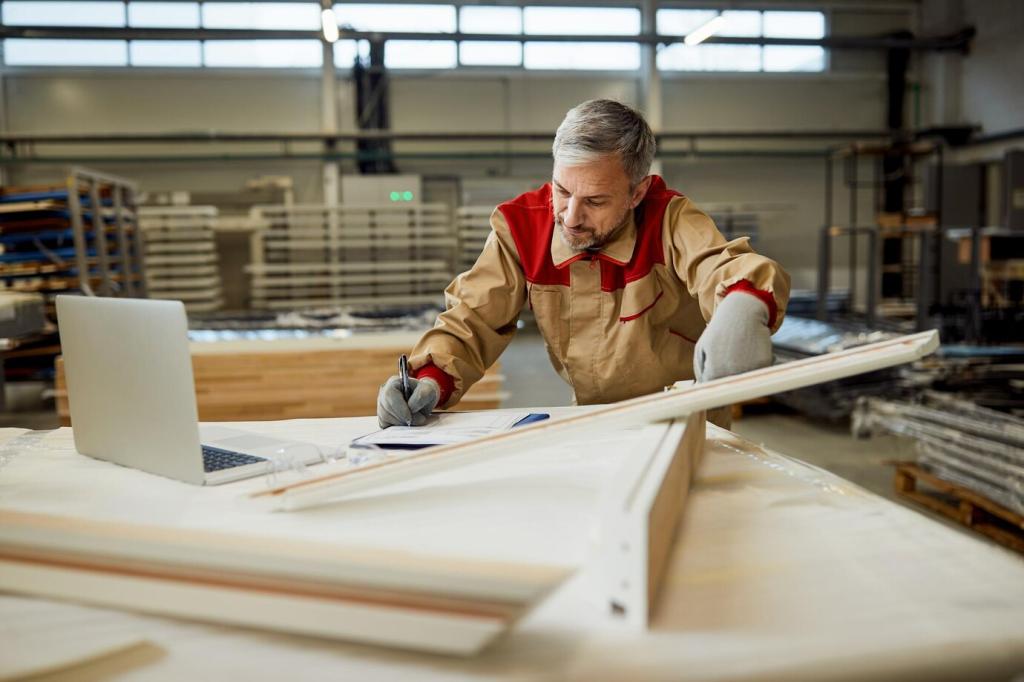Design for Disassembly and Circularity
Clever zipper systems, bolt-on arms, and washable slipcovers make daily life easier and waste smaller. An Amsterdam studio shared how switching from glue to hardware cut refurbishment time in half. Want patterns for DIY slipcovers and arm caps? Subscribe and we’ll announce the release.
Design for Disassembly and Circularity
Take-back programs and local upholsterers can give tired frames fresh life. A sturdy frame may outlast three fabric lives, especially with high-rub-count textiles. Who repairs furniture in your town? Share names and tips, and we’ll build a reader-sourced directory of circular heroes.




